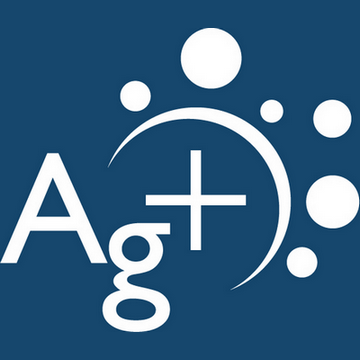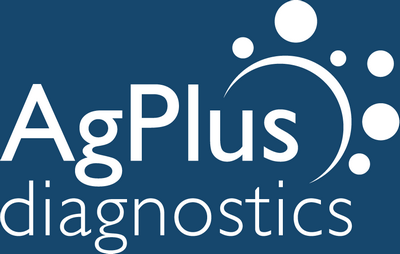Since early 2020, COVID-19 has dominated the headlines in the UK. Lives have been torn apart and livelihoods destroyed. The global death rate, as a result of Coronavirus, has soared and left the world in shock as we all try to pick up the pieces in terms of the economy, healthcare, employment and much more. According to the WHO, in August 2021 the global death rate was approaching 4.5m people.
NHS resources in the UK were diverted to support the pandemic which has resulted in other health services suffering. Waiting lists have soared. To put this into numbers, The BMA estimates that, between April 2020 and June 2021, there were:
· 3.66 million fewer elective procedures
· 28.35 million fewer outpatient attendances.
Some of these patients are now more unwell than before and in desperate need of effective healthcare. To make matters worse, Coronavirus in far from over. It is widely understood that NHS staff are exhausted, and resources are low.
The NHS must create a balance between recuperating, compensating for lost time and bringing activity back to full strength.
How have home rapid tests been used in COVID?
A relatively niche produce before the Coronavirus pandemic, the use of rapid diagnosis tests has become almost common place within day-to-day life. Formerly used only in the mainstream for pregnancy testing, COVID-19 lateral flow tests now assist many in providing at home diagnosis for initial screening.
These new and innovative technologies have played a huge part in the fight against Coronavirus. Here at AgPlus we are honoured to be a part of that effort. Over the last 18 months, as a team, we were lucky enough to win some DASA funding and as a result developed a quasi-quantitative reader based COVID-19 antibody test. The fantastic achievements of not only our scientists, but scientists across the UK and the rest of the world have proven we can make fast, accurate and effective advances in product development under pressure.
The work in the field of sensitive tests that provide a rapid diagnosis has helped so many. Teachers have had access to a rapid test to allow them to continue to educate our children safely. Those who can’t work from home, can travel to their workplace safe in the knowledge they are free from COVID. Family members have been able to visit loved ones who were inaccessible in care homes for so long. NHS staff have been able to care for patients knowing they are not going to infect the vulnerable. The list goes on. The achievements in the field of lateral flow testing and COVID-19 are endless.
Agilis Reader to Support Clinicians
Lateral Flow testing within the NHS has supported recovery to date within Coronavirus. That is undeniable. However, there is a huge backlog of all types of illnesses which need treating, and the period of recovery to full strength is going to be lengthy.
Fatigued clinicians need support from developing technology to improve patient outcomes. Our reader technology greatly improves the speed to diagnosis, whilst delivering fully quantitative results, thus working to help clear some of the backlog faced.
Our Agilis Rader can work in conjunction with specifically developed lateral flow tests for COVID-19 plus an endless list of other diseases and infections to provide a rapid, sensitive test which is fully quantitative. The reader offers a complimentary technology that takes away ambiguity of interpretation of Lateral Flow tests. The reader is portable, meaning it can be used in busy primary and secondary care settings, and is connected so results can be delivered digitally, removing the concern of user misinterpretation.
In summary the Agilis Reader can help clinicians diagnose a variety of current and emerging patient illnesses by:
1. Allowing for rapid diagnosis tests to be used in primary or secondary settings
2. Within minimal user training the reader allows for a fully quantitative reading meaning a sensitive test is achieved.
3. Results can be available immediately via digital access anywhere in the world.
4. Helping to mitigate potential errors in interpretation and providing more assured results.
The NHS backlog is a complex matter but if diagnosis and result reporting can be handled efficiently and accurately, this can go some way in supporting patient care.
To find out more about The Agilis Reader click here.

